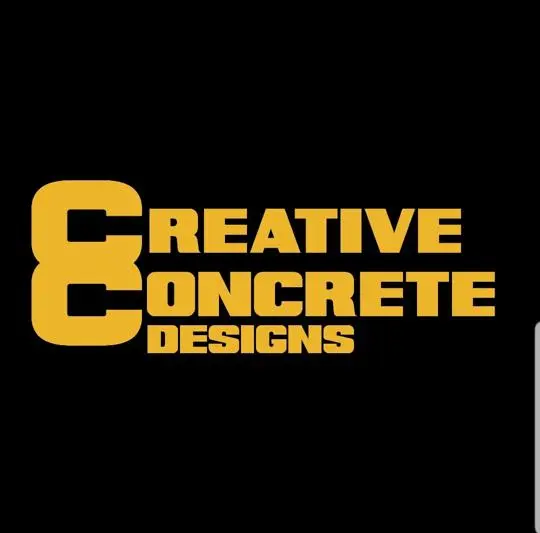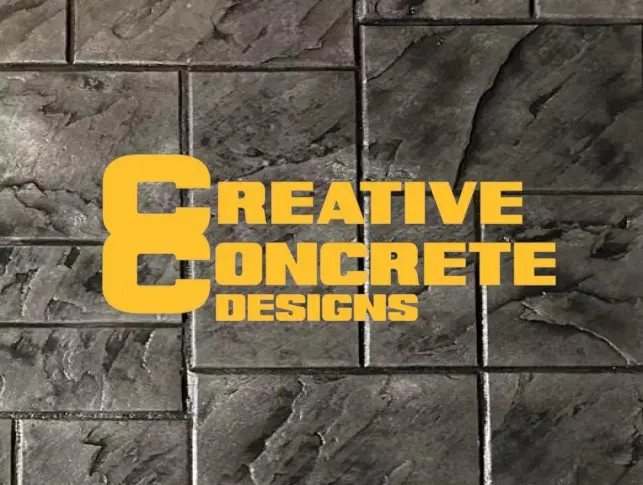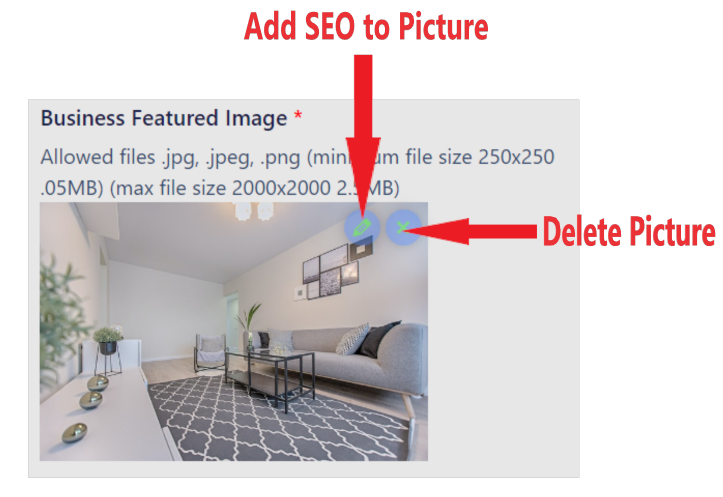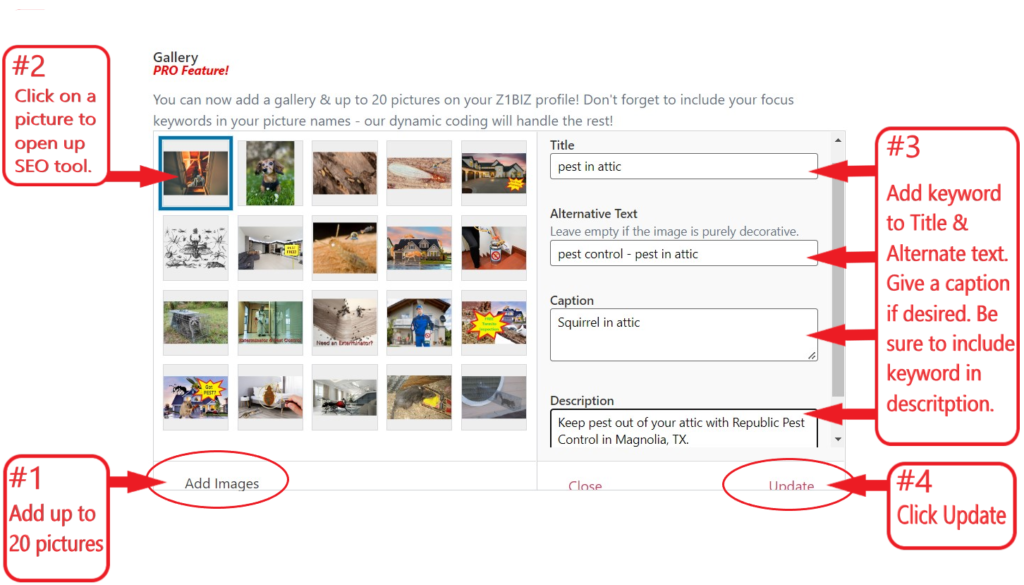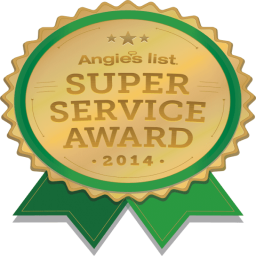In the ever-evolving world of architecture and interior design, concrete has emerged as a versatile and aesthetically appealing material. Gone are the days when concrete was considered purely functional and utilitarian. Today, creative concrete designs are transforming residential, commercial, and public spaces with innovative approaches and stunning finishes. This article delves into the realm of creative concrete designs, exploring the trends, techniques, and benefits of incorporating concrete into modern design.
The Evolution of Concrete in Design
Concrete has been a staple in construction for centuries, valued for its durability and strength. However, its potential for creative applications has only recently been fully realized. Advances in technology and a growing appreciation for industrial and minimalist aesthetics have propelled concrete into the spotlight as a key material in design innovation.
Historical Context
Historically, concrete was used primarily for its structural capabilities. The Romans, for instance, utilized concrete extensively in their architecture, with structures like the Pantheon standing as a testament to its enduring strength. Over time, concrete’s role expanded, but it was often relegated to the background, hidden beneath more decorative materials.
Modern Renaissance
The modern renaissance of concrete in design can be attributed to a combination of factors. Innovations in concrete mixtures, including the development of high-performance concrete and eco-friendly alternatives, have expanded the material’s capabilities. Additionally, a shift towards sustainable and cost-effective building practices has increased concrete’s appeal.
Trends in Creative Concrete Designs
Today’s designers and architects are pushing the boundaries of what concrete can achieve. Here are some of the most exciting trends in creative concrete designs:
Decorative Finishes
One of the most popular trends is the use of decorative finishes to enhance the visual appeal of concrete surfaces. Techniques such as stamping, staining, and polishing can transform plain concrete into a work of art. Stamped concrete can mimic the appearance of stone, brick, or wood, while stained concrete offers a wide range of colors and patterns.
Textured Surfaces
Textured concrete surfaces add depth and interest to any space. Techniques like exposed aggregate, where the top layer of cement paste is removed to reveal the underlying aggregate, create a unique, tactile finish. This approach is often used for outdoor surfaces such as driveways and patios, providing both aesthetic and functional benefits.
3D Concrete Printing
The advent of 3D printing technology has revolutionized the construction industry, and concrete is no exception. 3D concrete printing allows for the creation of complex shapes and structures that would be difficult or impossible to achieve with traditional methods. This technology opens up new possibilities for custom designs and rapid prototyping.
Concrete Furniture
Concrete is no longer confined to floors and walls; it has made its way into furniture design as well. Concrete furniture pieces, such as tables, benches, and planters, offer a unique blend of durability and style. These pieces are often combined with other materials like wood or metal to create striking contrasts.
Sustainable Concrete
With growing concerns about environmental impact, sustainable concrete practices are gaining traction. This includes the use of recycled materials in concrete mixtures, such as fly ash or slag, as well as the development of permeable concrete that reduces runoff and improves groundwater recharge.
Techniques for Creative Concrete Applications
Achieving stunning concrete designs requires a blend of artistry and technical expertise. Here are some of the key techniques used in creative concrete applications:
Stamping and Stenciling
Stamping involves pressing patterns into freshly poured concrete to create textures that resemble natural materials like stone or brick. Stenciling, on the other hand, involves applying patterns or designs to the concrete surface using templates. Both techniques can be used to enhance the aesthetic appeal of concrete surfaces in both interior and exterior settings.
Acid Staining
Acid staining is a chemical process that reacts with the minerals in concrete to produce rich, translucent colors. The result is a variegated finish that resembles natural stone. Acid staining is popular for interior floors, countertops, and other decorative applications.
Polishing
Polished concrete is achieved by mechanically grinding and polishing the surface with diamond-impregnated pads. This process creates a smooth, glossy finish that reflects light and adds a touch of elegance to any space. Polished concrete is ideal for modern interiors, offering a low-maintenance and durable flooring option.
Exposed Aggregate
Exposing the aggregate in concrete involves removing the top layer of cement paste to reveal the underlying stones or gravel. This technique creates a textured, visually interesting surface that is both durable and slip-resistant. Exposed aggregate is commonly used for outdoor applications like walkways, driveways, and pool decks.
Casting and Molding
Concrete casting and molding allow for the creation of intricate shapes and forms. This technique is often used for custom architectural elements, such as decorative panels, sculptures, and facades. Casting concrete into molds can produce detailed designs that enhance the visual appeal of any space.
Benefits of Creative Concrete Designs
Incorporating creative concrete designs into a project offers numerous benefits, both aesthetic and practical. Here are some of the key advantages:
Durability and Longevity
Concrete is known for its exceptional durability and longevity. Creative concrete designs retain these inherent qualities while adding aesthetic value. Properly maintained concrete surfaces can last for decades, making them a cost-effective choice for both residential and commercial projects.
Versatility
The versatility of concrete is unmatched. It can be molded into virtually any shape, textured to create various finishes, and colored to match any design scheme. This flexibility allows designers to achieve a wide range of looks, from sleek and modern to rustic and natural.
Sustainability
Concrete is a sustainable building material, particularly when it incorporates recycled content. Additionally, concrete’s thermal mass properties can contribute to energy efficiency in buildings, reducing heating and cooling costs. Permeable concrete options also support sustainable water management practices.
Low Maintenance
Creative concrete designs are relatively low maintenance compared to other materials. Polished concrete floors, for example, are easy to clean and do not require waxing or sealing. This makes concrete an ideal choice for high-traffic areas in both residential and commercial settings.
Customization
One of the most appealing aspects of creative concrete designs is the ability to customize them to suit specific project requirements. Whether it’s a unique pattern, a specific color, or an unusual shape, concrete can be tailored to meet the vision of any designer or architect.
Case Studies: Innovative Uses of Concrete
To illustrate the potential of creative concrete designs, let’s explore some real-world examples where concrete has been used in innovative and inspiring ways.
The Broad Museum, Los Angeles
The Broad Museum in Los Angeles is a striking example of how concrete can be used to create a visually stunning and functional structure. Designed by Diller Scofidio + Renfro, the museum features a unique “veil and vault” design, with a porous concrete exterior that allows natural light to filter into the interior spaces. The use of concrete in this project demonstrates its versatility and ability to achieve complex architectural forms.
The High Line, New York City
The High Line, an elevated park in New York City, showcases the creative use of concrete in an urban landscape. Concrete planks and pavers are used throughout the park, providing durable and visually appealing pathways that blend seamlessly with the surrounding greenery. The High Line project highlights how concrete can be used to create inviting public spaces that are both functional and beautiful.
The Fallingwater House, Pennsylvania
Frank Lloyd Wright’s Fallingwater House is an iconic example of concrete’s potential in residential design. Built over a waterfall, the house features cantilevered concrete terraces that extend over the water, creating a seamless connection between the built environment and nature. The use of concrete in Fallingwater demonstrates its ability to achieve structural feats while maintaining aesthetic harmony with the natural surroundings.
The Future of Creative Concrete Designs
As technology continues to advance and designers push the boundaries of what is possible, the future of creative concrete designs looks incredibly promising. Here are some trends and developments to watch for:
Smart Concrete
The integration of smart technology into concrete is an exciting development. Smart concrete can monitor its own health, detecting cracks and structural issues before they become serious problems. This technology has the potential to extend the lifespan of concrete structures and improve safety.
Advanced 3D Printing
Advancements in 3D printing technology will continue to revolutionize concrete design. As 3D printers become more sophisticated, the ability to create complex and customized concrete structures will increase. This will enable architects and designers to experiment with new forms and functions, pushing the limits of what concrete can achieve.
Sustainable Innovations
Sustainability will remain a key focus in the development of new concrete products and techniques. Innovations such as carbon capture concrete, which absorbs CO2 during the curing process, and the use of recycled materials will help reduce the environmental impact of concrete production. Additionally, the development of more energy-efficient production methods will contribute to the overall sustainability of concrete as a building material.
Artistic Collaborations
Collaborations between artists, designers, and architects will continue to yield exciting and innovative concrete designs. These partnerships can result in unique and inspiring spaces that push the boundaries of traditional design. By combining artistic vision with technical expertise, creative concrete designs will continue to evolve and captivate.
Conclusion
Creative concrete designs have transformed the way we think about and use this versatile material. From decorative finishes and textured surfaces to 3D printing and sustainable practices, the possibilities for concrete in modern design are virtually limitless. As technology advances and new techniques are developed, the role of concrete in architecture and design will continue to expand, offering endless opportunities for innovation and creativity.
Incorporating concrete into your next project can provide a unique blend of durability, versatility, and aesthetic appeal. Whether you are designing a residential space, a commercial building, or a public installation, creative concrete designs can help you achieve your vision and create a lasting impression.
Additional Resources
Here are some additional resources to further your understanding and inspiration in creative concrete designs:
- American Concrete Institute – A leading authority and resource worldwide for concrete design, construction, and materials.
- Concrete Decor Magazine – A publication dedicated to the decorative concrete industry, featuring the latest trends, techniques, and products.
- The Concrete Network – An extensive resource for everything related to concrete, including decorative techniques and inspiration galleries.
- Portland Cement Association – Offers resources on sustainable concrete practices and advancements in the field.
These resources can provide you with valuable information and inspiration as you explore the world of creative concrete designs.
Stay Connected
Stay updated with the latest trends and innovations in concrete design by subscribing to industry newsletters, following relevant blogs, and participating in professional forums and social media groups. Engaging with a community of like-minded professionals and enthusiasts can spark new ideas and keep you at the forefront of this dynamic field.
By integrating the concepts and techniques discussed in this article, you can elevate your projects and create spaces that are not only functional and durable but also visually stunning and uniquely your own. Whether through decorative finishes, sustainable practices, or innovative technologies, the future of concrete design is bright and full of potential. Embrace the versatility and beauty of concrete to transform your spaces and leave a lasting impression.
For personalized advice and to see how creative concrete designs can enhance your next project, visit Creative Concrete Designs LLC. Their team of experts is ready to help you achieve your design goals with the timeless appeal and strength of concrete.

